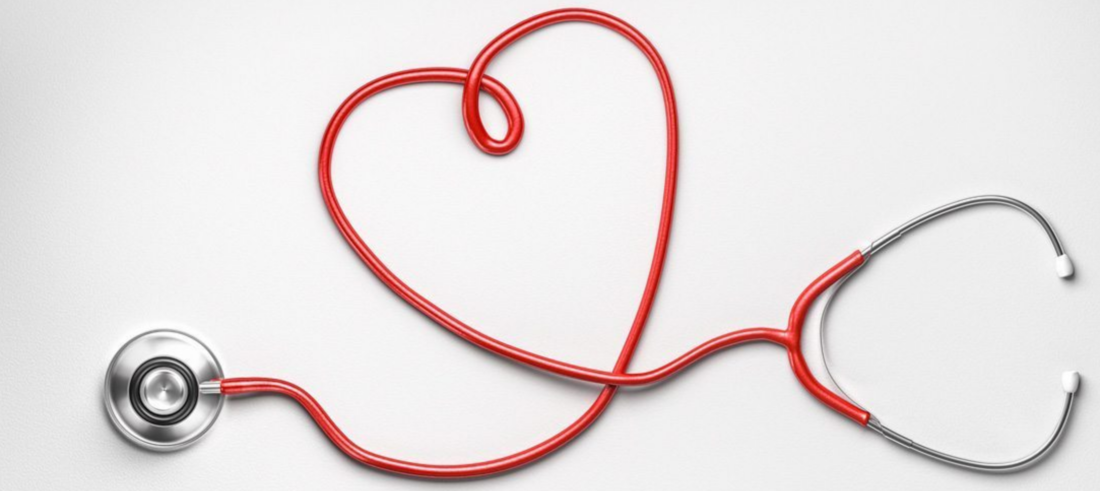Peripheral artery disease is a disorder where the arteries in your thighs and legs become narrow or blocked. It may be caused by atherosclerosis, where plaque accumulates in the artery walls and limits circulation to vital organs such as your kidneys, heart, and brain. The initial noticeable symptom of Plano peripheral artery disease is leg pain that happens with activity, vanishes with rest, and resumes with action. You are at a higher risk of getting PAD if you have diabetes, high blood pressure, abdominal obesity, high cholesterol, or use tobacco products. There are many treatments for PAD, and below are some.

Lifestyle changes
Lifestyle changes are the initial treatment for PAD. With early diagnosis, they can stop your PAD from getting worse. Quitting tobacco products, eating a balanced diet, exercising regularly, and keeping your stress level low can help manage your PAD. Managing your other health issues like high blood pressure and practicing good foot and skin care can also help control PAD.
Medications
Antihypertensive, statins and diabetes medications treat risk factors of PAD and reduce the risk of stroke and heart attack. Antiplatelet medicines like aspirin can reduce the risk of heart attack and stroke. Your doctor may prescribe Cilostazol to improve your walking distance. This medication can help if you have intermittent claudication exercise longer before developing leg pain.
Supervised exercise programs
Supervised exercise programs help to improve pain symptoms in your legs with walking, enabling you to walk farther. A structured program often involves walking on a treadmill at least three times a week under your provider’s supervision. If you have PAD, your doctor recommends you walk for thirty to sixty minutes daily. If you have severe PAD, the claudication symptoms may cause issues in your daily life even after months of exercise and medications.
Minimally invasive and surgical treatments
Minimally invasive and surgical treatments are suitable if you have advanced PAD causing extreme pain and limited mobility. Some heart disease procedures can also treat peripheral artery disease. These treatments include:
Balloon angioplasty
Balloon angioplasty involves your healthcare provider passing a miniature balloon through a catheter into your arteries. This balloon expands inside your artery and pushes against the plaque, opening up space inside it.
Stents
Stents are tiny metal support coils your doctor inserts into your arteries through a small incision using catheters. Once in place, the stents expand against your inner blood vessel wall, supporting it and holding it open.
Peripheral artery bypass surgery
Peripheral artery bypass surgery involves your surgeon using a section of your healthy vein or a synthetic replacement to create a bypass for blood flow around the blocked region in your leg artery. Doctors use this treatment for severe PAD.
Atherectomy
Atherectomy is where your doctor uses a catheter with a blade connected at the end to eliminate plaque accumulated in your blood vessel.
Peripheral artery disease is a disorder where the arteries in your thighs and legs become narrow or blocked. Your doctor can treat and manage your PAD through lifestyle changes, supervised exercise programs, minimally invasive procedures, and surgical techniques. Schedule an appointment at Prime Heart and Vascular for peripheral artery disease treatment to relieve your leg pain.



